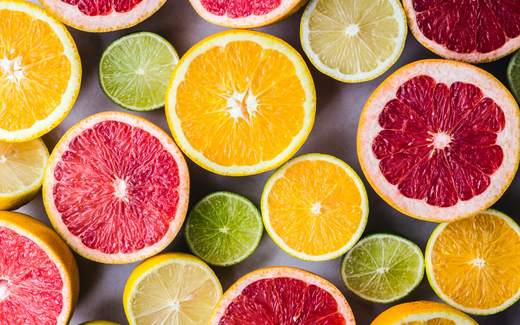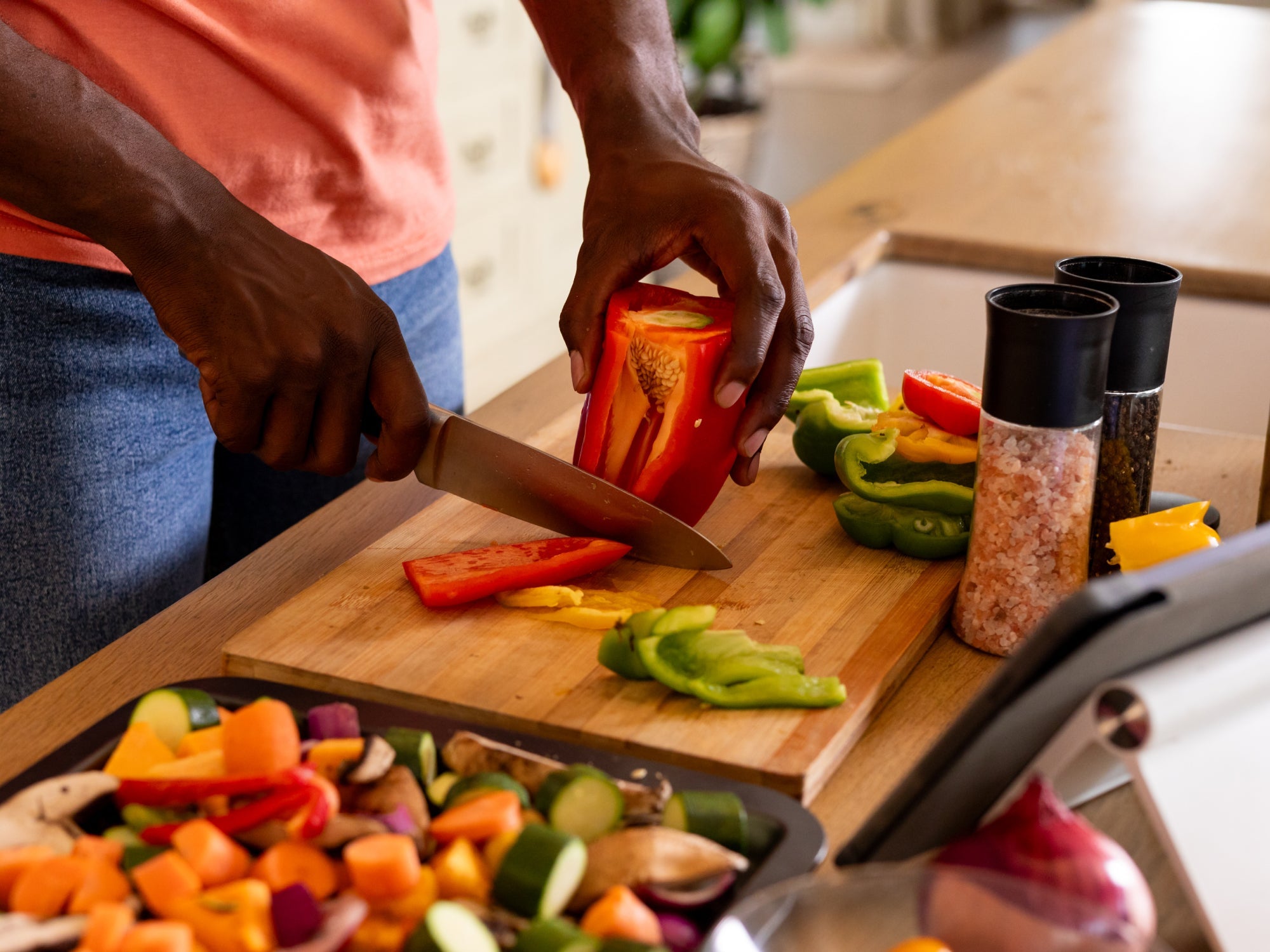Want to satisfy your hunger while maintaining healthy iron levels? These iron-dense foods are not only delicious but will also help you feel your best.
The saying "you are what you eat" rings especially true when it comes to managing anemia, particularly iron deficiency anemia. This condition, characterized by a lack of sufficient iron to produce hemoglobin—the protein in your red blood cells responsible for oxygen transport—can lead to fatigue among other symptoms. Fortunately, this deficiency can often be managed, and even reversed, with dietary adjustments.
Ensuring your diet includes plenty of iron-rich foods is crucial for enabling your red blood cells to deliver oxygen effectively to vital organs. If you're looking for foods high in iron or foods to increase hemoglobin, you're in the right place. By incorporating these nutritious and tasty options into your meals, you can combat the effects of iron deficiency anemia and reclaim your energy and productivity.
Here's a look at some delicious, iron-rich foods that are easy to include in your daily diet, offering both great taste and health benefits.
Why Is Iron So Important?
Iron is a critical mineral that our bodies need for many functions. It's essential for making hemoglobin and for maintaining healthy skin, hair, and nails. Understanding the types of iron and how they affect our body is crucial for managing and preventing anemia.
What Are the Best Sources of Iron?
There are two main types of iron found in foods: heme iron and nonheme iron. Heme iron, which comes from animal sources, is more easily absorbed by our bodies. Non-heme iron, found in plant-based foods, is still beneficial but may require a little help from vitamin C to boost absorption.

How Can Meat Eaters Boost Their Iron Intake?
For those who consume meat, focusing on iron-rich foods is key. Beef, poultry, and seafood are excellent sources. A three-ounce serving of cooked beef or canned sardines provides 2.1 mg of iron, making these options great for increasing your hemoglobin levels.
Organ meats are particularly high in iron. For example, chicken liver offers an impressive 3.5 mg of iron per three-ounce serving. If you prefer seafood, mussels and oysters are also fantastic choices for boosting your iron intake.
What Options Do Vegetarians and Vegans Have?
Plant-based eaters need not worry about getting their iron. Beans, tofu, lentils, and various fortified cereals provide ample non-heme iron. Combining these with vitamin C-rich foods can enhance iron absorption, making them just as effective at combating anemia.
Dark leafy greens, like spinach, and dried fruits are also excellent foods high in iron. Including these in your diet can help you maintain healthy iron levels and avoid the pitfalls of anemia.
How Can Everyone Benefit from Iron-Rich Foods?
Regardless of dietary preferences, everyone can benefit from incorporating more iron into their meals. Understanding how to combine these iron sources with other nutrients, like vitamin C, can make a significant difference in your body's ability to absorb and utilize iron.
Can Iron-Rich Foods Truly Make a Difference?
Absolutely. Adjusting your diet to include more food to increase hemoglobin levels is a practical and natural way to combat anemia. Consistently eating foods rich in iron can lead to noticeable improvements in energy levels and overall well-being.
The Role of Vitamin C in Iron Absorption
Why should you pair iron-rich foods with vitamin C? Vitamin C significantly enhances the absorption of nonheme iron. When you consume spinach, beans, or lentils, adding a vitamin C source like bell peppers, kiwis, or tomatoes can help ensure that your body absorbs as much iron as possible.
Managing Anemia Through Diet
Anemia doesn't have to dictate your life. By making informed choices about your diet and focusing on iron-rich foods, you can manage this condition effectively. Remember, it's not just about what you eat, but also how you combine foods to maximize iron absorption.
Incorporating a variety of iron sources, along with vitamin C-rich foods, can make a significant difference in your hemoglobin levels and overall health. Whether you're a meat-eater, vegetarian, or vegan, there are plenty of delicious and nutritious options to help you keep anemia at bay.
Eating a balanced diet rich in iron is a powerful step toward reclaiming your energy and health. Start today by adding some of these iron-packed foods to your meals and experience the benefits of a well-nourished body.





Leave a comment
This site is protected by hCaptcha and the hCaptcha Privacy Policy and Terms of Service apply.